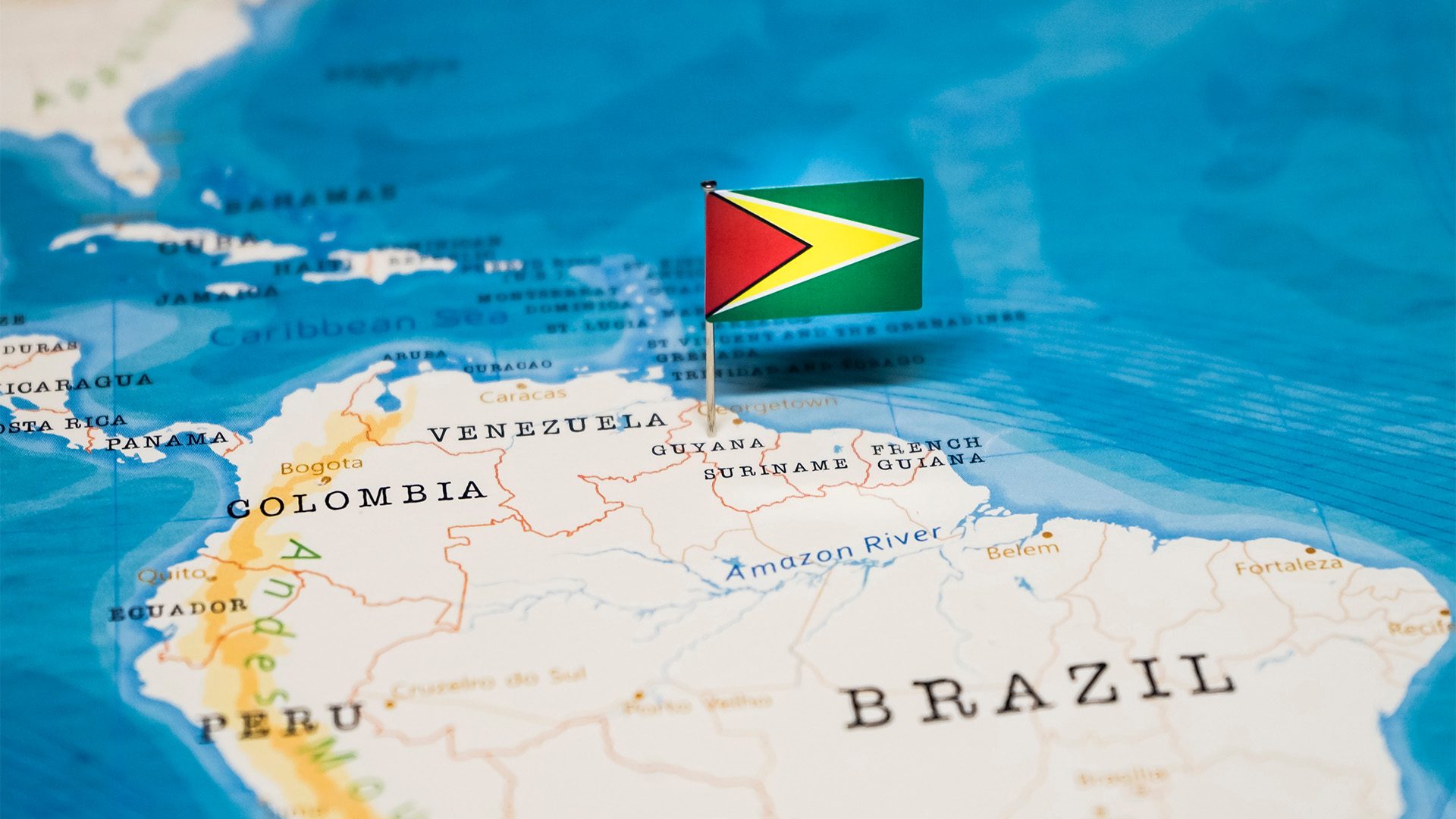Exxon Mobil says it has made a new oil and gas discovery in the prolific Stabroek block offshore Guyana which is the hottest prospect globally for the oil and gas industry.
The Bluefin well is the company's first announced discovery in the South American country this year and takes the number of discoveries in the block to more than 30 since the campaign started in 2015.
Interestingly, it is also the first major discovery of gas in the block. The Bluefin prospect is in the southeast of the block near the border with Suriname
The 30 plus strikes in the Stabroek block have outlined an estimated 11 billion plus barrels of recoverable oil and gas (meaning the actual size of the resource could be 30 billion barrels or more.
Exxon said the drilling encountered approximately 197 feet of hydrocarbon-bearing sandstone.
The company did not estimate recoverable reserves from the discovery.
A consortium led by Exxon began crude output in Guyana in 2019, and has ramped up production to some 650,000 barrels per day this year. The other members of the consortium are Hess Corp and CNOOC Ltd of China.
The strike is why Chevron, the second biggest US oil and gas group behind Exxon, wants to buy Hess for $US53 billion. That offer is being investigated by US regulators.
Exxon and CNOOC both have first rights of refusal over the Hess stake in the event of a change of control, so there’s a stand-off with Chevron at the moment.
The group is considering its first offshore natural gas production in Guyana, close to the country's maritime border with Suriname, which could become its seventh project in the block.
The discoveries are why poor, broke Venezuela is making macho military noises about Guyana, claiming that the discoveries have to be shared. Venezuela continues to mismanage its own huge oil reserves (even if they are mostly heavier crude types).
In 2021, crude oil reserves in Venezuela were put at just over 300 billion barrels – more than triple the figure reported at the beginning of the previous decade. That meant Venezuela had the largest crude oil reserves worldwide.
But because they are heavier crudes, they need a lot of processing and the country’s harsh leftwing policies have meant most foreign companies who can help process them, have left and countries like Cuba and Russia have little or no technology to help.
The country can’t even refine its oil but the Biden administration has moved in recent years to ease restrictions on US imports, allowing Chevron to ship oil from its joint ventures in the country to US Gulf Coast refineries, which are set up to process heavier crude from the country.
By 2030, Guyana could be producing more than 2 million barrels a day or more and will take a lot of share from OPEC and even Mexico (and Venezuela).














